Active camouflage technology reaches maturity (part of 1)
Currently, infantry reconnaissance and deployment operations are carried out with the usual camouflage, created to disguise the soldier using two basic elements: color and pattern (camouflage coloring pattern). However, military operations in urban conditions are becoming increasingly prevalent, in them the optimal color and pattern can change continuously, at least every minute. For example, a soldier wearing a green outfit will stand out clearly against a white wall. An active camouflage system could constantly update the color and pattern, hiding the soldier in his current environment.
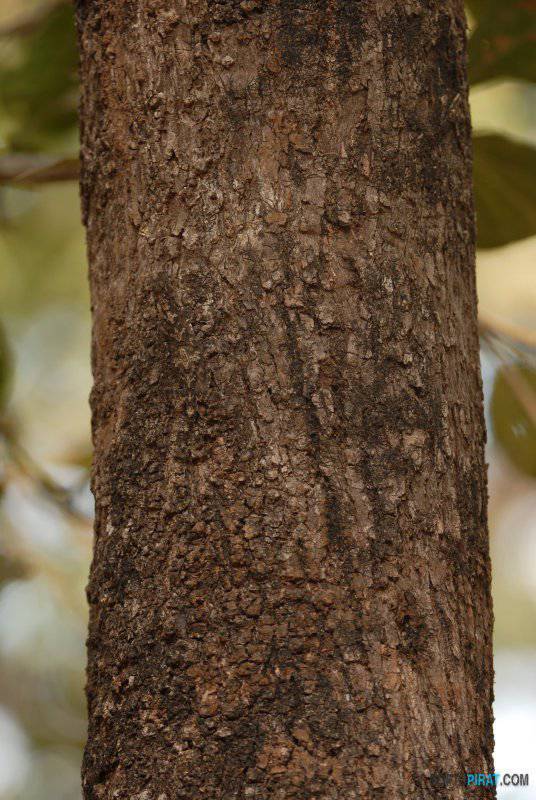
Nature has been using active-adaptive camouflage “systems” for millions of years. Can you see the chameleon in this photo?
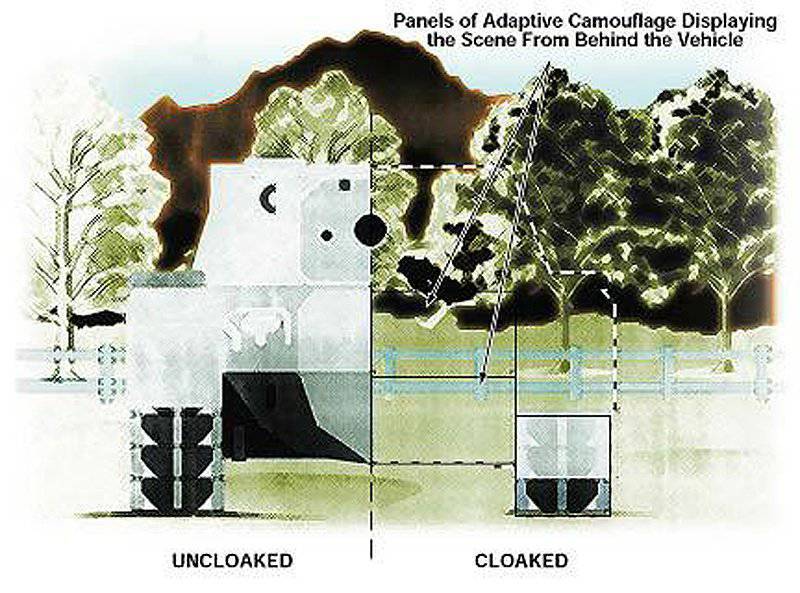
Simplified representation of the principle of operation of active adaptive camouflage on the example of MBT
This article provides an overview of current and projected active (adaptive) camouflage systems. While there are numerous applications of these systems, or they are in development, the research focus is on systems that could be used in infantry operations. In addition, the purpose of these studies is to provide information used to assess the current applicability of active camouflage systems, and to help design future ones.
Definitions and basic concepts
Active camouflage in the visible spectrum differs from ordinary camouflage by two features. First, it replaces the appearance of what is masked by the appearance, which is not only similar to the environment (like traditional camouflage), but precisely represents what is behind the masked object.
The second, active camouflage also does it in real time. Ideally, active camouflage could not only mimic nearby objects, but also distant, possibly even to the very horizon, creating a perfect visual disguise. Visual active camouflage can be used to deprive the ability of the human eye and optical sensors to recognize the presence of targets.
In science fiction, there are many examples of active camouflage systems and developers often choose a name for the technology based on some terms and names from fiction. They, as a rule, belong to full active disguise (that is, complete invisibility) and do not relate to the possibilities of partial active camouflage, active camouflage for special operations or any of the current real technological advances. However, complete invisibility will certainly be useful for infantry operations, such as reconnaissance and penetration operations (infiltration).
Camouflage is used not only in the visual spectrum, but also in acoustics (for example, sonar), electromagnetic spectrum (for example, radar), thermal field (for example, infrared radiation) and for changing the shape of an object. Masking technologies, including some types of active camouflage, have been developed to a certain degree for all these types, especially for vehicles (land, sea and air). Although these works relate mainly to visual camouflage for a dismounted infantryman, it is useful to briefly mention solutions in other areas, since some technological ideas can be transferred to the visible spectrum.
Visual camouflage. Visual camouflage consists of a form, surface, glitter, silhouette, shadow, position and movement. An active camouflage system can contain all these aspects. This article focuses on visual active camouflage, so these systems are presented in detail in the following subsections.
Acoustic camouflage (for example, sonar). Since 40-s, many countries have been experimenting with sound-absorbing surfaces to reduce the sonar reflection of submarines. Gun muting technology is a type of acoustic camouflage. In addition, active noise reduction is a new direction that could potentially develop into acoustic camouflage. Currently, active noise-canceling headphones are available to the consumer. The so-called Near-Field Active Noise Suppression systems are being developed, which are placed in the acoustic near-field to actively minimize the tonal noise of the propellers. It is predicted that promising systems can be developed for long-range acoustic fields to disguise infantry operations.
Electromagnetic camouflage (for example, radar). Anti-radar camouflage nets combine special coatings and microfiber technology, providing a broadband radar attenuation of more than 12 dB. The use of optional thermal coatings extends infrared protection.
In the ultralight multispectral camouflage screen BMS-ULCAS (Multispectral Ultra Lightweight Camouflage Screen) from the company Saab Barracuda uses a special material attached to the base material. The material reduces the detection of broadband radar, and also narrows the visible and infrared frequency ranges. Each screen is designed specifically for the equipment that it protects.
Camouflage uniforms. In the future, active camouflage can define a masked object in order to adapt it to the shape of the space. This technology is known as SAD (Shape Approximation Device), and can potentially reduce the ability to determine shape. One of the most convincing examples of camouflage shape is the octopus, which can merge with the environment, not only by changing the color, but also the shape and texture of its skin.
Thermal camouflage (for example, infrared). A material is developed that weakens the thermal signature of exposed skin due to diffusion of thermal emission using silver-plated hollow ceramic balls (senospheres), on average 45 microns in diameter, embedded in a binder to create a pigment with low emission and diffusion properties. Microballs work as a mirror, reflecting the environment and each other, and, thereby, distribute the emission of thermal radiation from the skin.
Multispectral camouflage. Some camouflage systems are multispectral, that is, they work for more than one camouflage type. For example, Saab Barracuda developed the HMBS multispectral camouflage product (High Mobility On-Board System), which protects artillery guns during firing and redeployment. Perhaps reducing signatures to 90%, suppressing thermal radiation allows engines and generators to idle in order to quickly start moving. Some systems have double-sided coating, which allows soldiers to wear double-sided camouflage for use on different types of terrain.
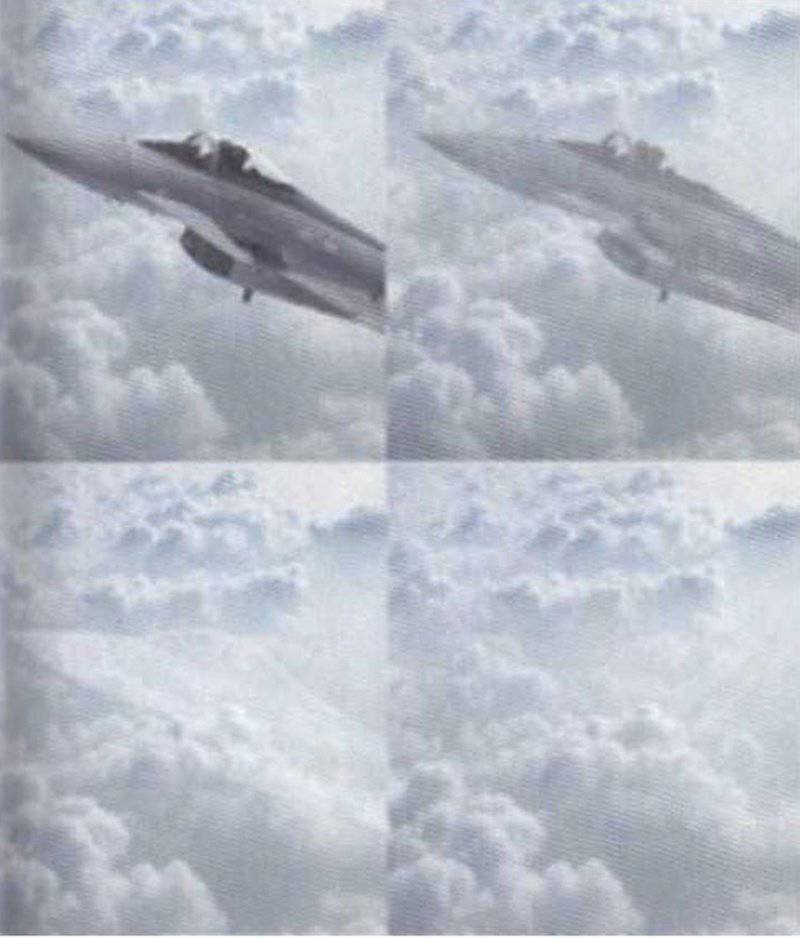
At the end of 2006, BAE Systems announced what is described as “a leap forward in camouflage technology,” at its center of advanced technology, invented “a new form of active stealth ... When you press a button, objects become virtually invisible, merging with their background.” According to BAE Systems, this development "gave the company ten years of leadership in stealth technology and could redefine the world of" unobtrusive "engineering." New concepts based on new materials were implemented, which allows not only changing their colors, but also shifting the infrared, microwave and radar profiles and merging objects with the background, which makes them virtually invisible. This technology is built into the structure itself rather than based on the use of additional material, such as paint or a layer of adhesive. This work has already led to the registration of 9 patents and can still provide unique solutions to signature management problems.

Active camouflage system based on RPT technology with projection onto retroreflective raincoat
Next frontier: Transformation Optics
The systems of active / adaptive camouflage described in this article and based on the projection of the scene are quite similar in themselves to science fiction (and indeed it became the basis of the movie "Predator"), but they are not part of the most advanced technology explored in the search for " invisibility cover. " Indeed, other solutions are already outlined, which will be much more effective and practical in use as compared to active camouflage. They are based on a phenomenon known as transformation optics. That is, some wavelengths, including visible light, can be "bent" and directed as a stream around an object like water enveloping a stone. As a result, objects behind the object become visible, as if the light passed through empty space, while the object itself disappears from view. In theory, transformational optics can not only mask objects, but also make them visible in a place where they are not located.
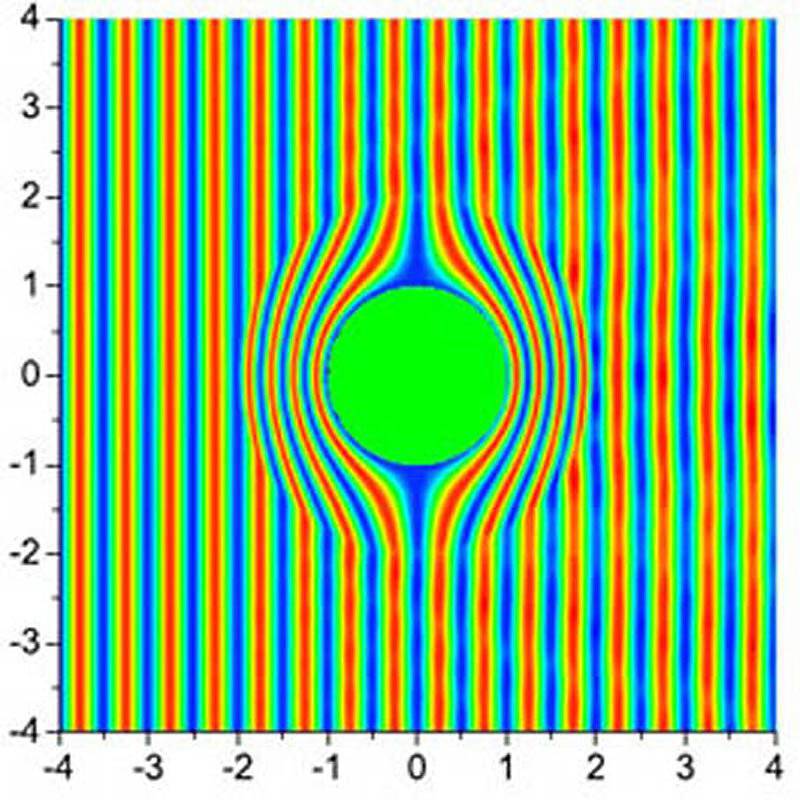
Schematic representation of the invisibility principle through transformation optics
However, for this to happen, the object or area must be masked with the use of a masking tool, which must not be detectable by itself for electromagnetic waves. In such tools, called metamaterials, structures with a cellular architecture are used to create a combination of characteristics of materials that are inaccessible in nature. These structures can direct electromagnetic waves around an object and cause them to appear on the other side.
The general idea of such metamaterials is negative refraction. On the contrary, all natural materials have a positive refractive index, an indicator of how many electromagnetic waves are bent when passing from one medium to another. A classic illustration of how refraction works: a submerged part of the wand appears curved under the surface of the water. If the water had a negative refraction, the submerged part of the stick would, on the contrary, protrude from the surface of the water. Or, another example, a fish swimming underwater would seem to be moving in the air above the surface of the water.
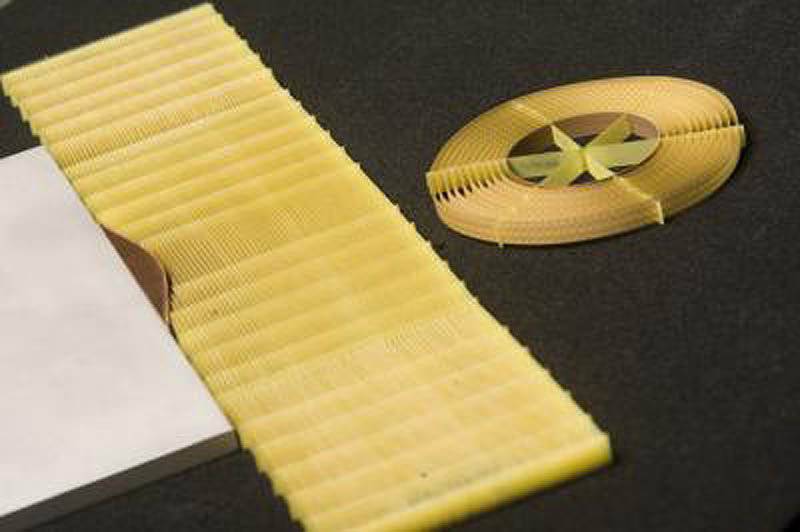
New masking metamaterial shown by Duke University in January 2009
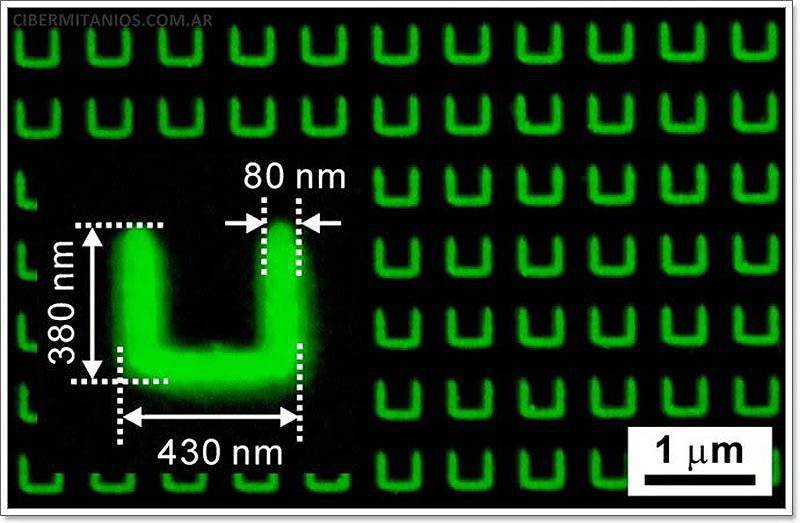
Image of the electron microscope of the finished 3D metamaterial. Resonators of split gold nanorings are arranged in straight rows
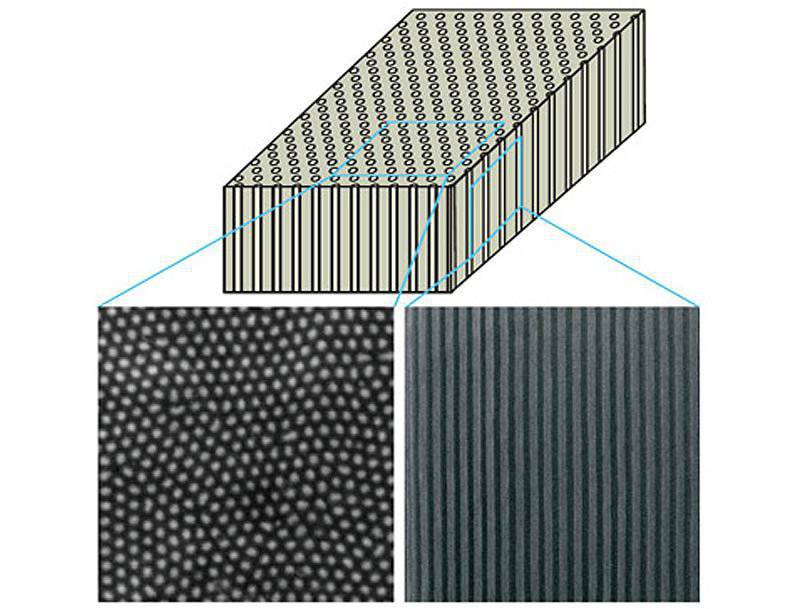
Schematic representation and image from the electron microscope metamaterial (top and side), developed by researchers from the University of California at Berkeley. The material is formed from parallel nanowires embedded inside porous alumina. With the passage of visible light through the material according to the phenomenon of negative refraction, it deviates in the opposite direction
In order for the metamaterial to have a negative refractive index, its structural matrix must be less than the length of the electromagnetic wave used. In addition, the values of dielectric constant (the ability to pass an electric field) and magnetic permeability (how it reacts to a magnetic field) must be negative. Mathematics is an integral part of the design parameters needed to create metamaterials and demonstrate that the material guarantees invisibility. Not surprisingly, greater success was achieved when working with wavelengths in a wider microwave range, which varies from 1 mm to 30, see People see the world in a narrow range of electromagnetic radiation, known as visible light, with wavelengths from 400 nanometers (purple and magenta light) to 700 nanometers (dark red light).
After the first demonstration of the feasibility of metamaterial in 2006, when the first prototype was created, a team of engineers from Duke University announced in January 2009 of making a new type of masking tool, much more advanced in disguise in a wide range of frequencies. The latest achievements in this area are obliged to develop a new group of complex algorithms for the creation and production of metamaterials. In the latest laboratory experiments, a beam of microwaves, directed through a masking agent to the "bulge" on a flat mirror surface, was reflected from the surface at the same angle as if there were no bulge. In addition, a concealer prevented the formation of scattered rays, usually associated with such transformations. The underlying masking phenomenon resembles a mirage visible on a hot day ahead on the road.
In a parallel and rival program, University of California scientists announced in the middle of 2008 that they first developed 3-D materials that can change the normal direction of light in the visible spectrum and in the near-IR spectrum. Researchers followed two clear approaches. In the first experiment, they folded several alternating layers of silver and non-conductive magnesium fluoride and cut the so-called nanometric “mesh” patterns into layers in order to create a volumetric optical metamaterial. Negative refraction was measured at 1500 nanometer wavelengths. The second metamaterial consisted of silver nanowires stretched inside porous alumina; it had a negative refraction at 660 nanometer wavelengths in the red region of the spectrum.
Both materials reached a negative refraction, while the amount of absorbed or "lost" energy during the passage of light through them was minimal.
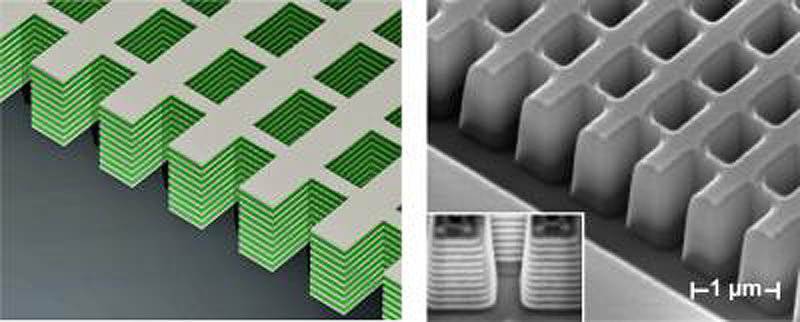
On the left is a schematic depiction of the first 3-D “net” metamaterial developed at the University of California that can achieve a negative refractive index in the visible spectrum. Right image of the finished structure with a scanning electron microscope. Interlaced layers form small outlines that can deflect light backwards.
Also in January, 2012, researchers from the University of Stuttgart announced that they had achieved success in the manufacture of multi-layer metamaterial with split rings for the waves of the optical range. This layered procedure, which can be repeated any time, is capable of creating well-aligned three-dimensional structures from metamaterials. The key to this success was the planarization (alignment) method for a rough nanolithographic surface in combination with strong reference marks, which withstand the processes of dry etching during nano-production. As a result, perfect alignment was obtained along with completely flat layers. This method is also suitable for the production of arbitrary shapes in each layer. Thus, it is possible to create more complex structures.
Certainly, much more research may be required before metamaterials are created that can work in the visible spectrum, in which the human eye can see, and then practical materials suitable, for example, for clothing. But even masking materials operating at just a few basic wavelengths could offer tremendous advantages. They can make night vision systems ineffective, and objects invisible, for example, for laser beams used for targeting weapons.
Working concept
Light optoelectronic systems based on modern imagers and displays that make selected objects almost transparent and thus virtually invisible have been proposed. These systems are called systems of active or adaptive camouflage due to the fact that, unlike traditional camouflage, they generate images that can change in response to changes in scenes and lighting conditions.
The main function of the adaptive camouflage system is the projection of the scene object (background) behind the object onto the surface closest to the viewer. In other words, the scene (background) behind the object is transferred and displayed on the panels in front of the object.
A typical active camouflage system will most likely be a network of flexible flat panel displays arranged in the form of a kind of cover that will cover all the visible surfaces of the object that need to be masked. Each display panel will contain an active pixel sensor (APS), or perhaps another advanced imager, which will be directed forward from the panel and which will occupy a small part of the panel area. The “veil” will also contain a wire frame that serves as a support for a network of cross-connected fiber optic strands through which an image from each APS will be transmitted to an additional display panel on the opposite side of the masked object.
The position and orientation of all imagers will be synchronized with the position and orientation of a single sensor, which will be determined by the main imager (sensor) of the image. The orientation will be determined by the leveling tool controlled by the main image sensor. A central controller connected to an external light meter will automatically adjust the brightness levels of all display panels in order to match them with external lighting conditions. The underside of the masked object will be artificially highlighted so that the image of the masked object above shows the ground as if under natural light; if this is not achieved, then the apparent heterogeneity and discreteness of the shadows will be visible to the observer, looking from top to bottom.
The display panels can be sized and configured so that the total number of such panels can be used to mask various objects without having to modify the objects themselves. The sizes and weights of typical systems and subsystems of adaptive camouflage were estimated: the volume of a typical image sensor will be less than 15 cm 3, while the system masking an object with a length of 10 m, height of 3 m and width of 5 kg. If the masked object is a vehicle, then the adaptive camouflage system can be brought into action without any problems by the vehicle’s electrical system without any negative influence on its operation.
An interesting solution of adaptive camouflage of Adaptive military equipment from BAE Systems
- Alex Alexeev
- Active camouflage technology reaches maturity (part of 1) l
Active camouflage technology reaches maturity (part of 2)
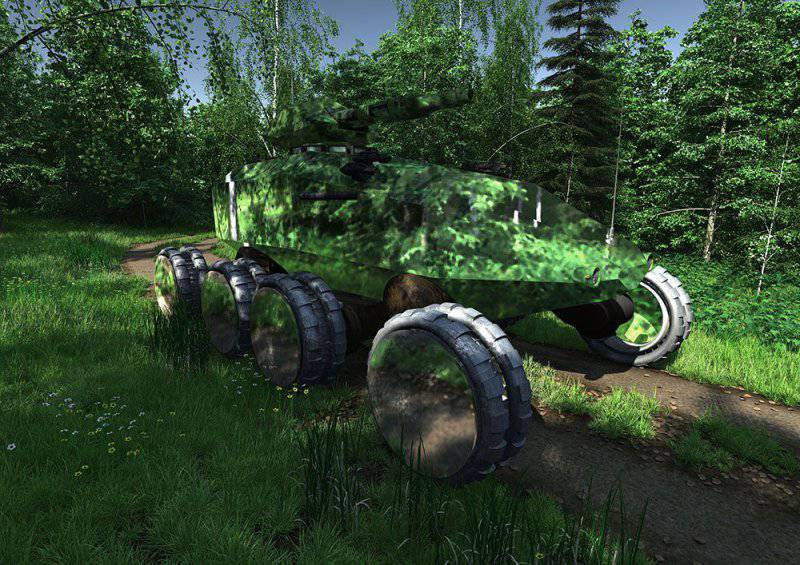
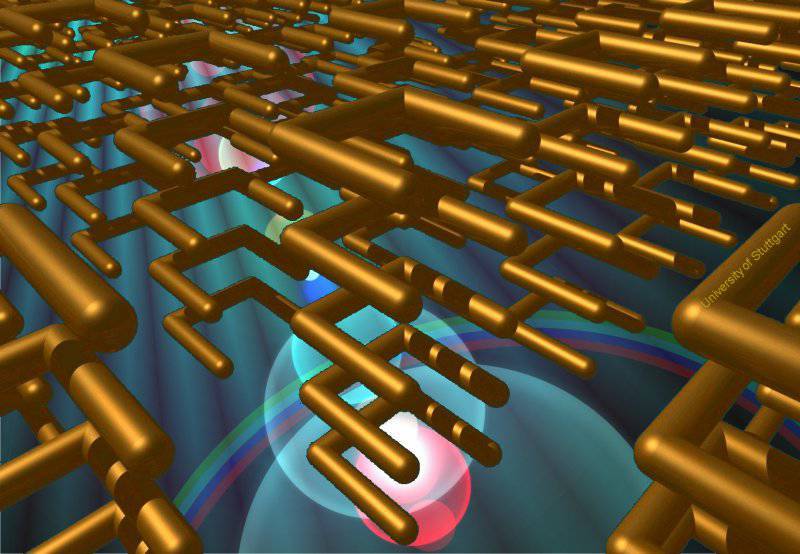
Information